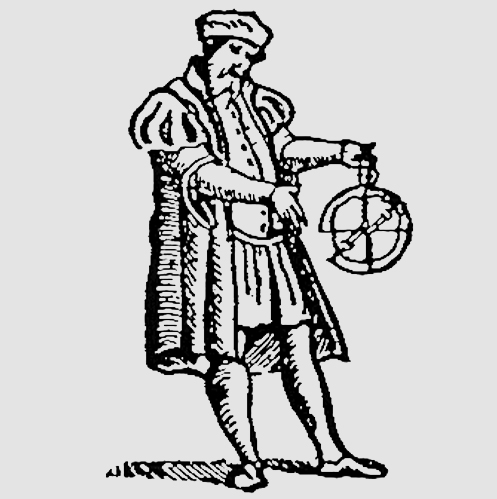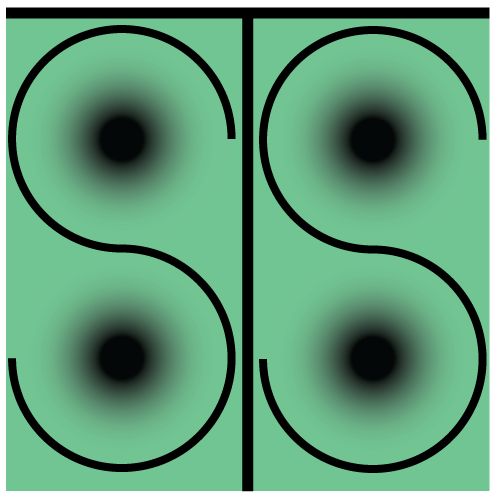Date/Time
Wednesday
28 Mar 2018
5:00 pm - 6:00 pm
Location
Stanford University
Event Type
Non-CSTMS Event
Amos Nur
Wayne Loel Professor of Earth Sciences, Emeritus Geophysics, Stanford University
Large earthquakes and induced tsunamis have been experienced as catastrophic events throughout human history. Such events both in the past as well at present are sudden without warning, sometimes with a huge numbers of casualties (e.g., 1556 Shanxi and the 1975 Haicheng China earthquakes with some 830,000 and 275,000 death respectively). They have led numerous thinkers and scholars since early history to try to understand their significance and their nature: Are they agents of the ‘wrath of god’ (a view held even today by some) or are they just natural occurrences that require a scientific explanation?
In this talk I focus on the history of thinking of the scientific aspects of earthquakes (to the extent that it can be separated from religion – not that simple it turns out) beginning with the 1200 BC Nineveh, Assyria earthquake through first millennium BC ideas of Greek scholars, to biblical interpretations ranging from John of Patmos in 100 AD to English scholars in the seventeenth and eighteenth centuries, to studies in Austria, Japan and the US in the nineteenth and early twentieth centuries including the major impact on science of the 1906 San Francisco earthquake.
This history is interesting because a) it is a fascinating example of how tortuous scientific ideas emerge; b) how the philosophical debate about catastrophism evolved over history (and is still evolving today); and c) what is in the future of earthquake science given that our understating of earthquake physics even today is so incomplete (e.g., despite over one hundred years of research we still cannot predict future earthquakes).
Amos Nur is widely considered one of the world’s top academic authorities on rock physics. He applies rock physics results to the understanding of tectonophysical processes in the Earth’s crust and lithosphere, a major thrust of which is the role of fluids in crustal processes and in energy resources. Nur pioneered the use of seismic velocity measurements to characterize the changing state of oil and gas reservoirs as the volume of fluid in the rock changed during pumping; the process has come to be known as “four-dimensional” seismic monitoring. He has published over 240 papers and guided dozens of doctoral and master’s candidates. Nur was on the Stanford faculty from 1970 until his retirement in 2008 and he remains affiliated with the school as professor emeritus. After his retirement, Nur joined Ingrain, a company he helped found in 2007, where he is now chief technology officer.
Meeting Location:
Lane History Corner, Building 200, Room 307



